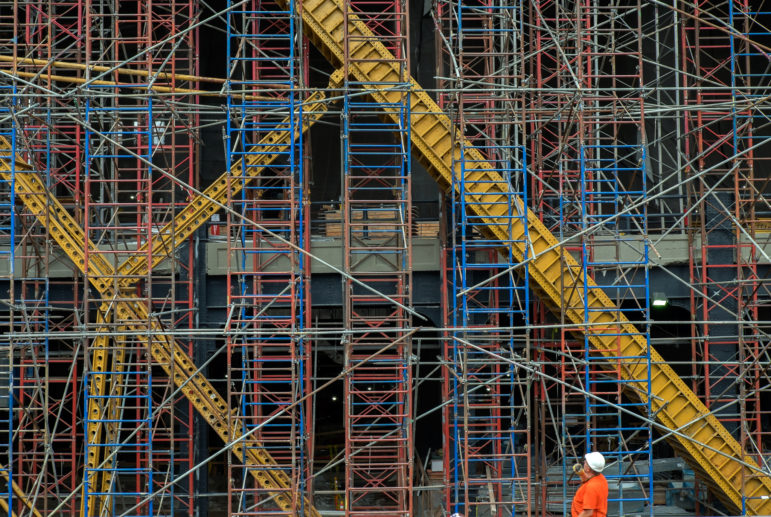
Timothy Neesam
So far, the city's efforts to boost supply have been unable to keep up with demand. The question is whether they ever could.
Amid the affordable housing crisis in New York City and the de Blasio administration’s efforts to create an estimated 300,000 affordable units by 2026 by, among other steps, undertaking the rezoning of some 15 neighborhoods across the city, the NYU Furman Center released a new report Thursday that examines the changes and trends that have taken reshaped the city’s housing stock.
The report highlighted that while the housing stock grew by about 8 percent between 2000 and the end of 2016, the adult population grew by almost 11 percent, and adult-only households made up almost 71 percent of all households in the city in 2016. The number of jobs in the city grew by more than 16 percent during that time period. The growth in both the number of adults and the number of jobs signals increasing demand for housing.
The report indicates that although there is new supply in the city, it is not growing fast enough to adequately moderate the pressures on rent and housing prices created by increasing demand.
The Furman Center held a panel discussion Thursday evening with WNYC host Brian Lehrer as moderator featuring Michelle de la Uz, the executive director of the Fifth Avenue Committee; Andrew Haughwout, the senior vice president for the Federal Reserve Bank of New York; David Kramer, president of The Hudson Companies and Marisa Lago, the chair of city’s Planning Commission and commissioner of the Department of City Planning.
Panel members were surprised by some of the data presented. “The fact the supply increases that were pointed out that have been occurred over the last 16 years have been still accompanied by price increases—economists would find that interesting. Supply increases should hold down price increases,” Haughwout said.
Kramer pointed out that the increase in rent might be significantly more than what the report suggested.
The city’s vacancy rate remains very low and the share of recently available housing units in the city affordable to low- and moderate-income households has fallen significantly since 2000. For example, for households at 80 percent of area median income ($65,250 for a family of three in 2016), only 40.5 percent of recently available rental units were affordable—a decline of nearly 24 percentage points since 2000, according to the report.
Median monthly rents have risen in real dollars by about $300 since 2000, at the same time that the monthly median income of a renter household has only increased by $145.
Newly built units are increasingly more expensive than older units. In 2000, the median unit built in the prior 10 years rented for $50/month more than the median for all other units in the city. In 2016, that gap had widened to $400/month (in constant 2017 dollars), according to the report.
Lago said bringing change into neighborhoods the city has to include community members. “Many neighborhoods want to remain they way they are and their is fear to adding more density. People will agree there is an affordable housing crisis [but] where the new housing is and what it looks like is generally people pointing outside of their neighborhoods.”
Vicki Been, the faculty director of Furman Center who served as housing commissioner during Mayor de Blasio’s first term, said during her presentation that Furman’s report this year focused on the housing stock because population and job growth had been overlooked when planning for housing in the city.
The report also noted that studios and one-bedroom units made up the largest share of units in 2016. Yet household size has increased, and more renter households are living in severely overcrowded units.
The report can be read in full here.









2 thoughts on “Housing Supply Growing, But Getting Outpaced by Population’s Swell, Jobs Boom”
The 8.5 million people in NYC now is about as much as NYC can handle.
Pingback: Housing Supply Growing, But Getting Outpaced by Population’s Swell, Jobs Boom – Two Kings – Real Estate Investment & Management